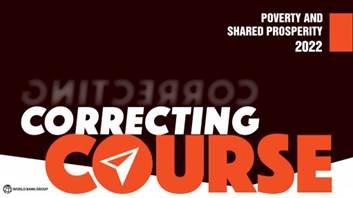Free Courses Sale ends Soon, Get It Now


Free Courses Sale ends Soon, Get It Now



Disclaimer: Copyright infringement not intended.
Context
Details
Findings of the Report
Poverty by 2030
COVID-19
The year 2020
The new Global Extreme Poverty Line
Uneven Economic Recovery
Way Ahead
National Policy Reforms
National policy reforms can help restart progress in reducing poverty, the report finds. Stepped-up global cooperation will also be necessary. In fiscal policy, governments should act promptly on three fronts:
© 2024 iasgyan. All right reserved